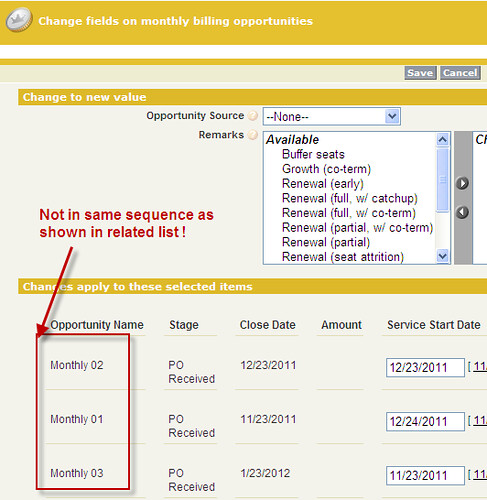-
ChatterFeed
-
73Best Answers
-
4Likes Received
-
0Likes Given
-
16Questions
-
520Replies







